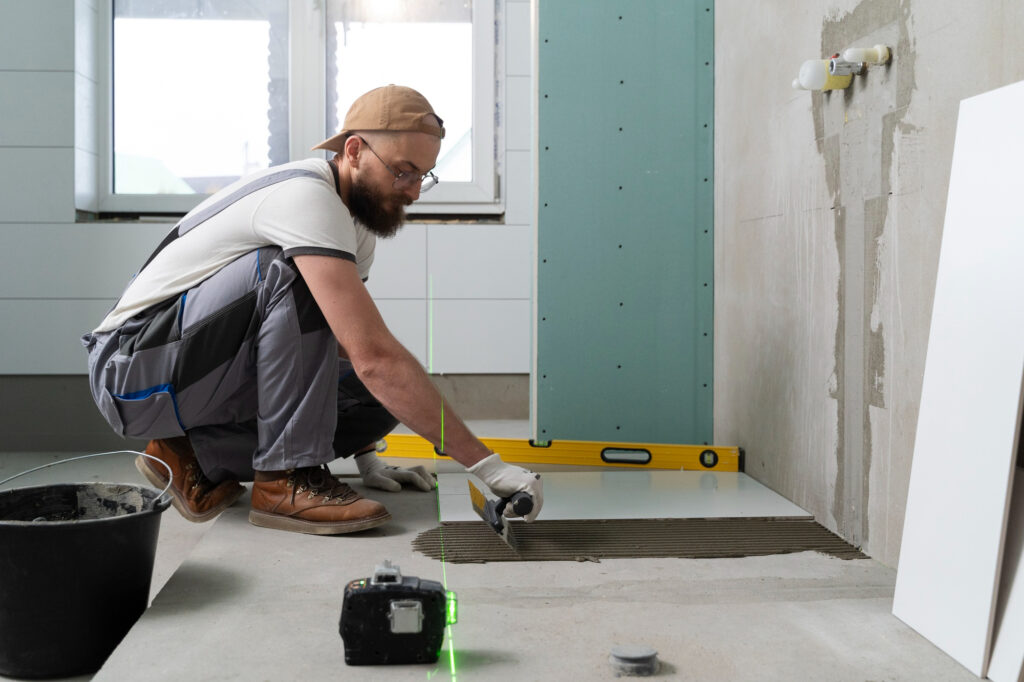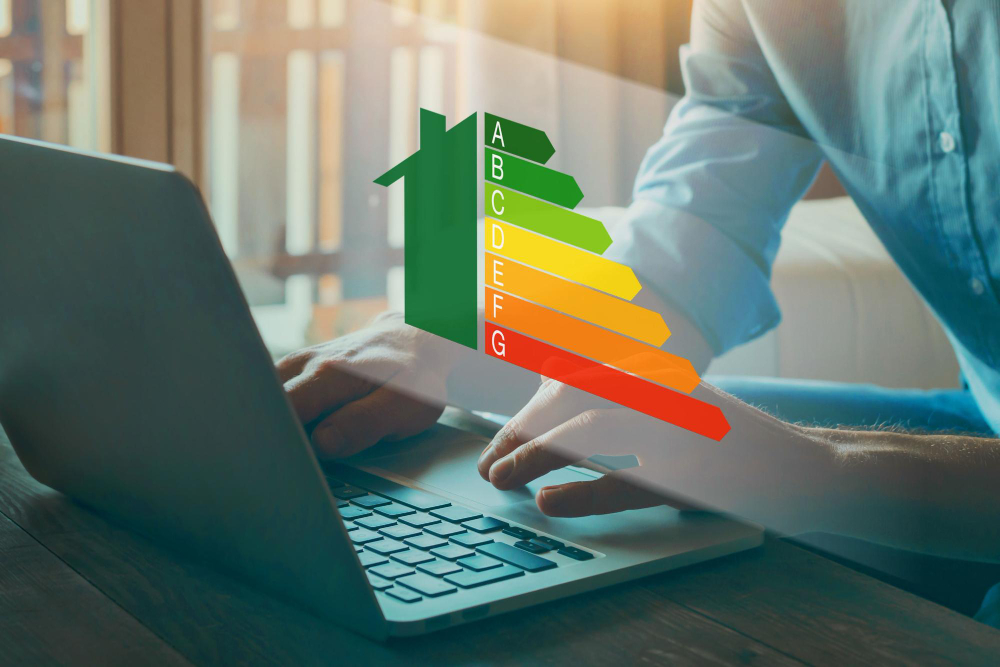Cavity Wall Insulation Grant
Tired of drafty walls and rising heating bills? No worries, and transforming your home's energy efficiency with cavity wall insulation. Government grants are available that cover 100% cost to help eligible households. Enjoy your living in warmer winters with lower energy bills, and less CO2 emission—all at ZERO cost.
A Brief About Insulating Your Cavity Walls
Insulation Materials Used Between Cavity Walls
Cavity wall insulation is typically done from the outside, using professional techniques. At Envirofit, registered specialists drill small holes (18–25mm deep) into your home’s exterior walls. Through these holes, they inject high-performance insulation—often polystyrene beads—into the cavity. Once filled, the holes are sealed to maintain your home’s appearance. This process isn’t a DIY job—it requires trained professionals like Envirofit to ensure safety, precision, and effectiveness. For a standard home with easy wall access, the entire procedure usually takes around two hours, with minimal disruption to your daily life.

Energy Savings
Installation costs for underfloor insulation depend on the size of your home. Whether you live in a large house or a small flat, you can usually recover the investment within five years through reduced energy bills. To cut down on expenses, consider aligning the installation with other home improvement projects or insulating only the most heat-losing areas instead of the entire property.
Government Schemes Offering Cavity Wall Insulation Grants
ECO4 Scheme
Envirofit offers 100% funding for cavity wall insulation, prioritizing low-income households.
Eligibility includes:
- Receiving benefits such as: Universal Credit, Pension Credit, Job Seeker’s Allowance, ESA, Income Support, Tax Credits
- Property with uninsulated cavity walls
- EPC rating of D, E, F, or G
Great British Insulation Scheme
The GBIS grant, supported by Envirofit, covers 100% of both insulation materials and installation costs.
Eligibility includes:
- Homes with high energy costs
- Homeowners and private tenants (with landlord consent)
- No requirement to receive government benefits
- Council tax band A–D (A–E in Scotland & Wales)
- EPC rating below D

Benefits of Cavity Wall Insulation Grant
Absolutely Free – With government grants available through Envirofit, you pay nothing for materials or installation. No financial strain, just energy savings.
Reduced Energy Bills – Cut down on heat loss by up to 35% and slash your heating costs by as much as £300 per year.
Warmer, Cosier Home – Enjoy year-round comfort. No more cold floors, just a snug, energy-efficient home.
Improved EPC Rating – Boost your Energy Performance Certificate score, increasing the value and appeal of your property.
Eco-Friendly – Reduce your carbon footprint and join the mission to fight climate change by lowering CO₂ emissions.
Other Eligibility Checklist
- The external walls are unfilled cavity walls.
- The cavity is at least 50mm wide and clear of rubble.
- The masonry or brickwork is in good condition.
- Walls aren’t exposed to heavy rain.
- Your home isn’t at risk of flooding.
- An installer will survey your house to confirm suitability. If suitable, they can be insulated using mineral wool or polystyrene beads.
Important Precautions
Before installing insulation, it’s crucial to fix any damp issues. If you notice damp patches on internal walls, don’t proceed with insulation—consult a damp prevention specialist first.
In homes with narrow cavities, uneven walls, flood-prone areas, or exposed locations, polyurethane foam insulation may be recommended. Though it comes at a higher cost, it’s incredibly effective. A qualified foam insulation specialist will evaluate and carry out the work if your property is suitable.
If your home shares exterior walls with a neighboring property, a cavity barrier will be installed to ensure the insulation doesn’t affect your neighbour’s structure.
For flats, insulation usually requires agreement from all residents within the building. In most cases, individual flat insulation isn’t possible without collective consent.

